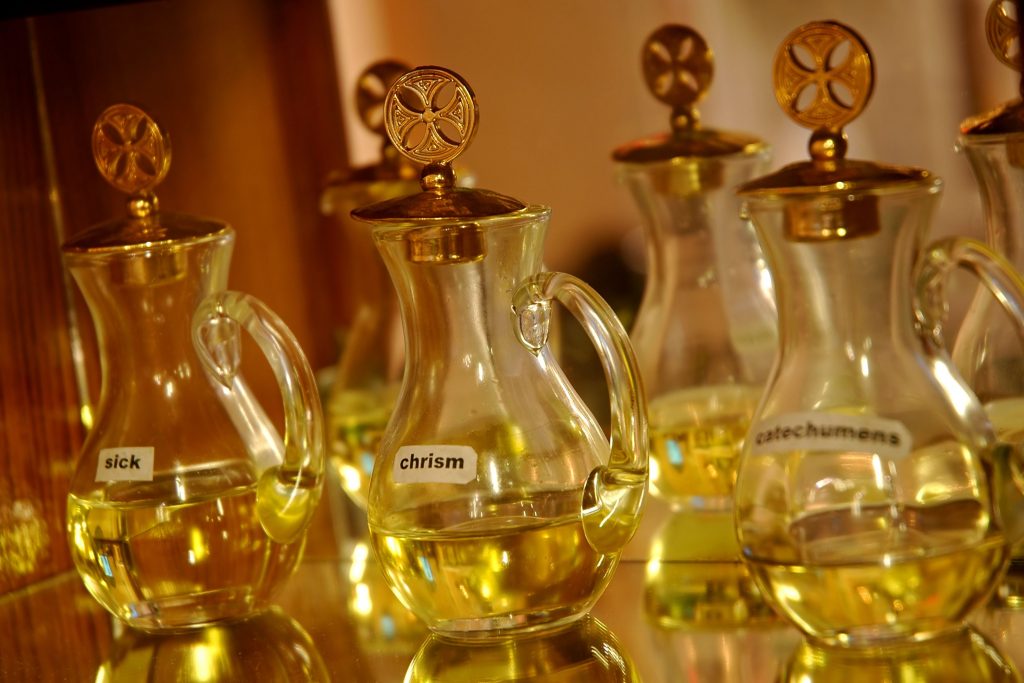In many ways, liturgy is like art. The two share similar qualities. A performance of a concert or theater piece that has the power to change the viewer’s or listener’s attitude, viewpoint or behavior often requires a clarity of purpose, emotional authenticity, captivating beauty, truthfulness, love, egotistical transparency and a logical sequence of events or patterns.
The individual performers need to collaborate in orderly preparation and detailed rehearsal. All properties and instruments used need to be organized, ready and working. Members of an audience attend performances with an element of trust. They attend with the assumption that there will be a quality of performance that shows evidence that all these details of preparation have been managed. This kind of vision of purpose reveals a love, a oneness and a sense of shared humanity between the audience and the performers.
For liturgy to have a similar engagement, the same qualities are needed: love, clarity, unity, authenticity, beauty, truth, transparency, logic, careful preparation, rehearsal and organization. One difference is that, in liturgy, the nature of religious ritual has the added requirement of participation on the part of all members present. To achieve this oneness and love, everyone at liturgy needs to be an act-or. For our love to be revealed, everyone present needs to prepare themselves and be ready to connect with other act-ors in prayer.
In the light of this participatory quality, everyone trusts that those involved in the leadership roles in the liturgy are preparing effectively and thoroughly. This trust makes it possible for the community to act as one body and pray themselves together into the vision of God’s Kingdom. Trust makes it possible for all participants to surrender their individuality and immerse themselves in the one Body of Christ.
Years ago, Father Austin Fleming on page 32 of his book “Preparing for Liturgy: A Theology and Spirituality” had this to say: “To celebrate the liturgy without preparation is a violation of God’s holy presence and a crime against those who gather to celebrate that presence.”
So, where does a parish community begin this level of careful preparation? For many parishes, it begins with the sacristan, the person or persons who have responsibility for the reverent care of the liturgical books, vessels, vestments, linens and sacramental hosts, wine and oils. The sacristan is like workers backstage at a performance: not visible to others, but essential to a good performance. A well-organized sacristy is often the beginning of a well-organized liturgy.
In some parishes, the sacristan is one individual with a great deal of responsibility, taking care of the details for all Sunday and weekday Masses. In other parishes, there might be a different sacristan for each Sunday Mass, and one for the daily Masses. Whichever the case, the sacristy and all liturgical properties need to be prepared effectively so that Mass can be celebrated with a holy unity.
One possible structure that seems to help keep things authentic and effective is organizing Sunday liturgies by Mass captains. The Mass captain could be the trained sacristan for whichever Mass they are assigned, preparing all the sacramental details. They could also be the contact person for all assigned liturgical ministers at that Mass. The team of assigned liturgical ministers would check in with the Mass captain upon arrival. All unassigned ministers who are present, willing and early to Mass could be asked to check in with the Mass captain upon arrival in case their services are needed as replacements.
The Mass captain would then be responsible for replacing any assigned minister who is not present 15 minutes before the start of Mass with one of those who is willing to serve. Merging the role of the sacristan with that of a Mass captain allows for the orderly preparation of the sacred properties and the ministers. The Mass captain/sacristan would bring everyone together into a reverent unity of purpose and prayer.
Sacristans often have the added responsibility of ordering sufficient amounts of hosts and wine for communion. They make sure that the vestments are clean and ready to wear. They maintain an organization in the sacristy for all vessels, books, linens, vestments, hosts, wine, oils, etc., that is clean and efficient. Some sacristans are even responsible for the cleaning of the altar area, statues, pews, etc., maintaining the order and beauty of the worship space, in addition to the sacristy itself. However, vast or small the tasks, the role of the sacristan is essential to parish life. Their work reflects a holy presence among holy people, in a holy place.

